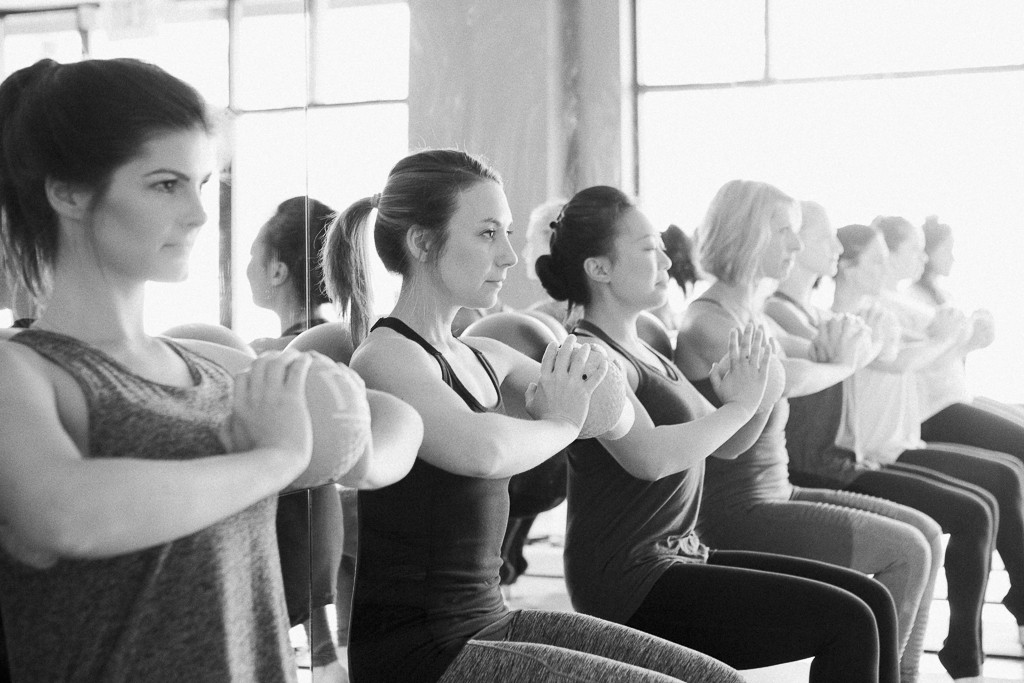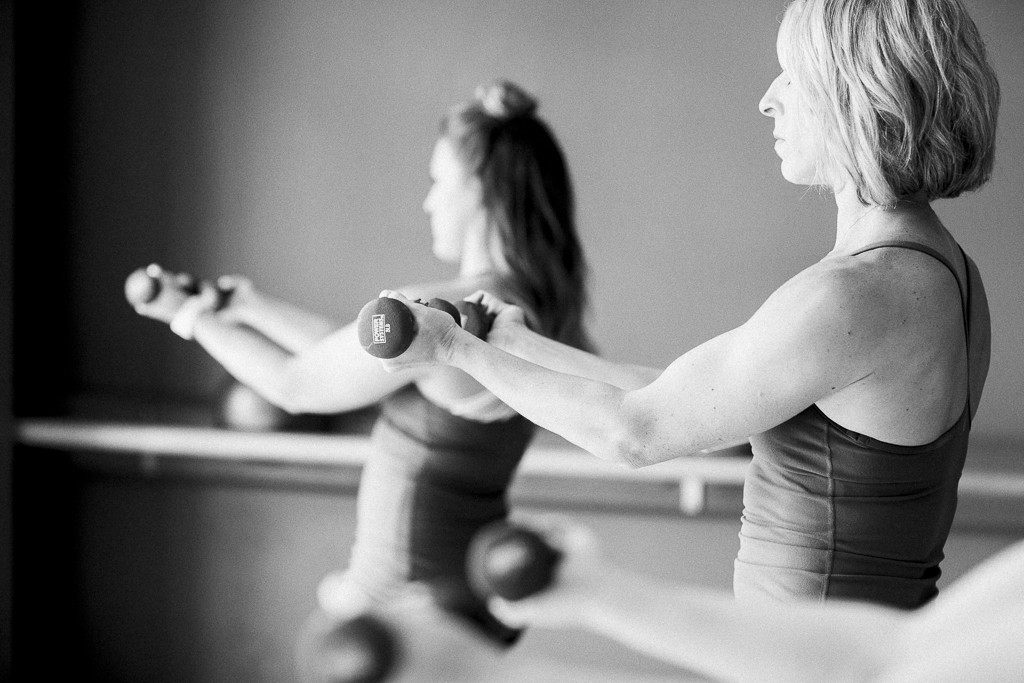Isotonic Vs. Isometric – Why We Do Both

There’s a reason why a plank is arguably one of the most difficult exercises to perform. So you’re holding a plank in class, and you’re starting to feel like someone just shut off the AC. You’re building heat throughout your body, and finding it increasingly difficult to hold the position much longer. You think, is blood still reaching my head? Will someone please get up and adjust air already?! And then you drop your knees and find a child’s pose stretch. Aaahhh, relief.
This is considered an isometric exercise. Isometric exercises are strength exercises where you hold a position to keep a muscle contracted without moving the joint. This is the core principle of our barre method – to ultimately hold a position for an extended period of time until your muscles exhaust (and ideally shake).
Isotonic exercises involve movement at the joint, at a full range of motion to contract the muscle. Then, you eccentrically move it back to the starting position. Think about when we perform a full-range move in class, such as a ‘tap lift’ in seat work, or a full-range drop to your heels then lift back up in thigh exercises.
The Neighborhood Barre technique carefully intermixes full range moves with isometric moves. Also the placement, or order in which we perform the moves, is very intentional. The timing of each move performed allows you to build more heat with a full range move, and then use the isometric to carve and shape the muscle. Each move complements the other, while engaging your muscles in a slightly different way. The result is a more targeted and defined toning, and specific shaping, of your muscle, while increasing endurance.

So which is better for you? Both are important! Isotonic exercise is credited with increased muscle endurance and working a broader range of the muscle, while also engaging your major muscle groups.
The benefits of isometric exercise are endless in our book. Weight-bearing resistance training not only builds strength, but improves mobility and flexibility. It also allows you to create a lifetime habit of fitness, meaning you can safely perform these exercises at any season of life. Speaking of seasons of life, did you know your barre class can even lower cholesterol, improve bone density, and reduce arthritis?
At the end of the day, your results will likely depend less on the type of exercise (isometric vs. isotonic) and more on the effort you put in it. After all, we like to say flexing your mind is your greatest tool in class!


